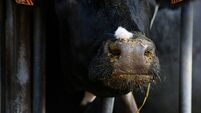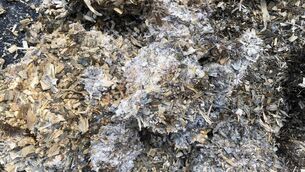Walsh refers study on CAP reforms
Mr Walsh welcomed the publication of the FAPRI-Ireland study, which he had requested.
It examined the effects of the European Commission's proposals for the Mid-Term Review of the CAP and for the current round of WTO trade negotiations.










